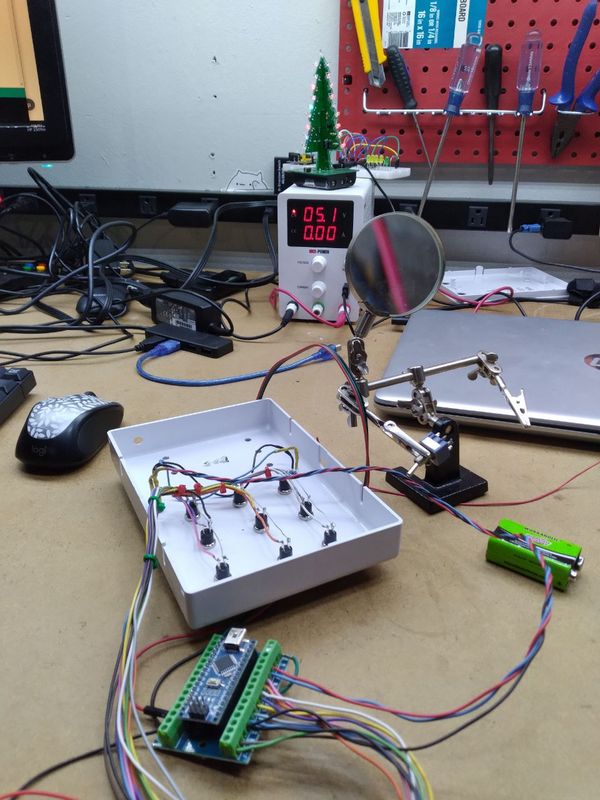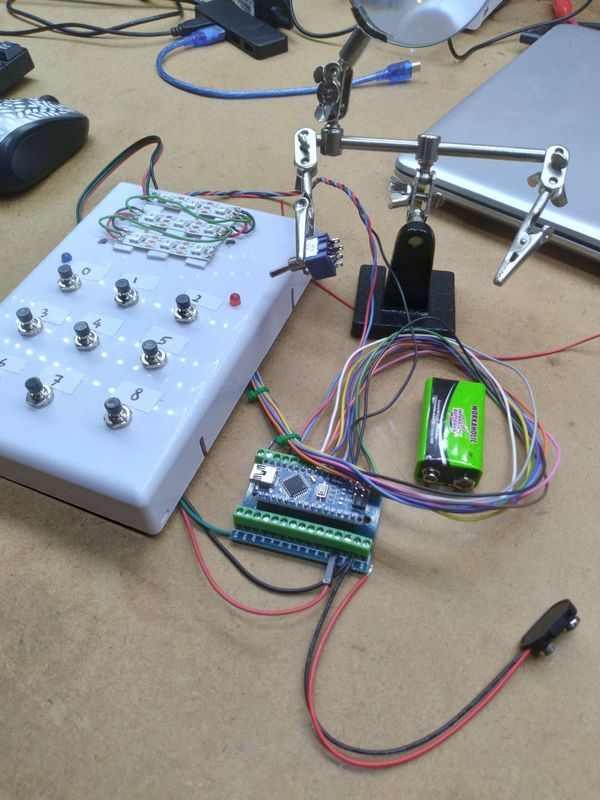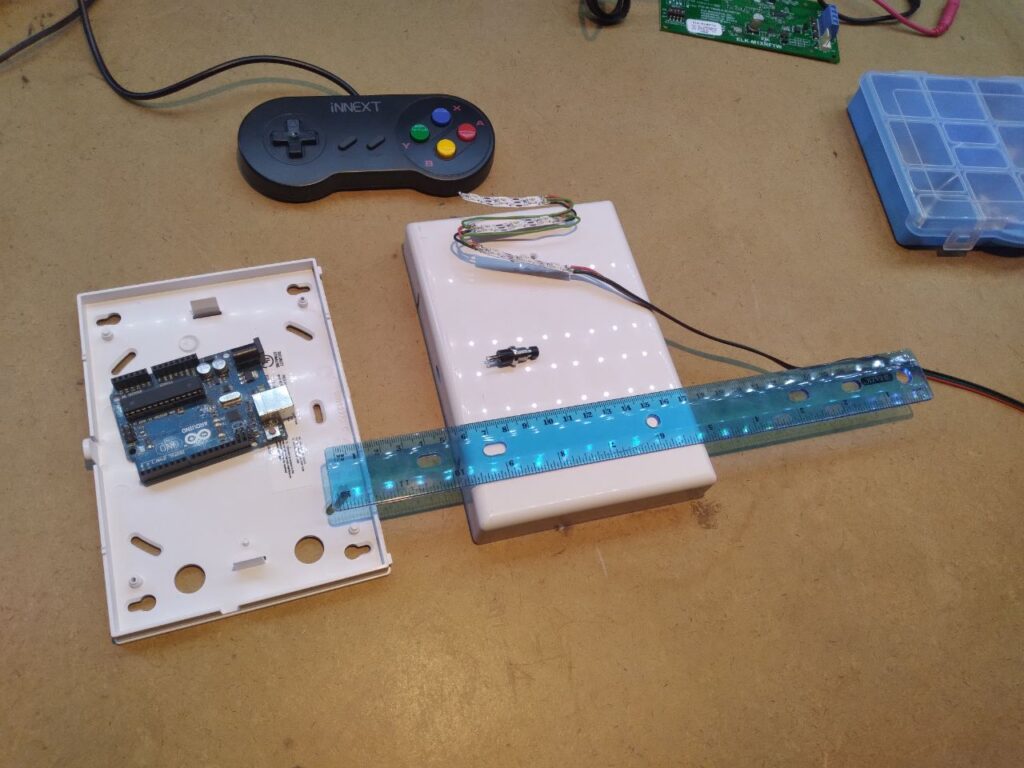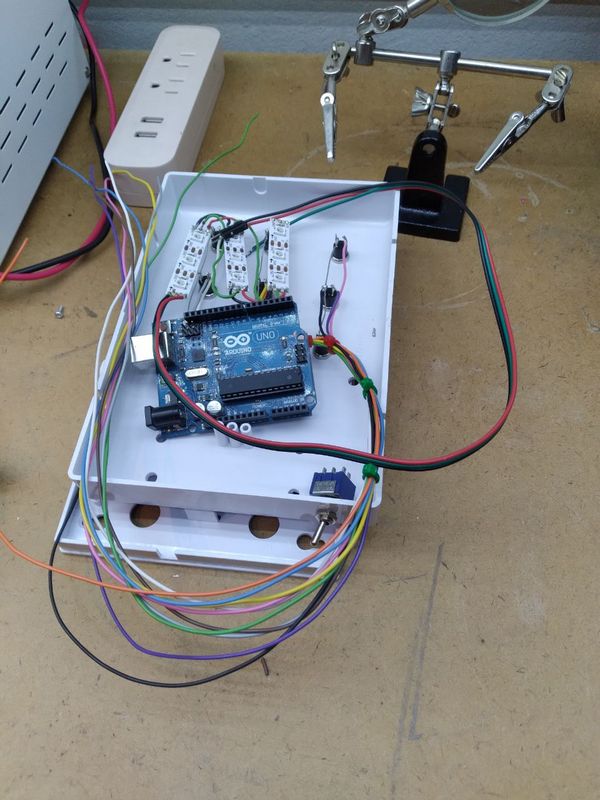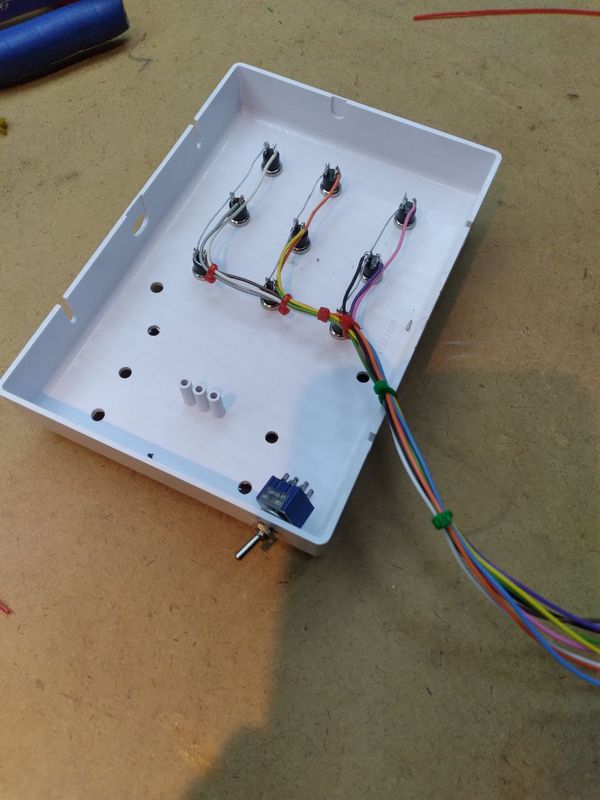I recently worked on an electronics project where I created a game of tic-tac-toe, a simple board game played with Xs and Os on a 3×3 grid. My electronic version of the game uses smart LED strips and buttons, controlled by an Arduino nano controller.
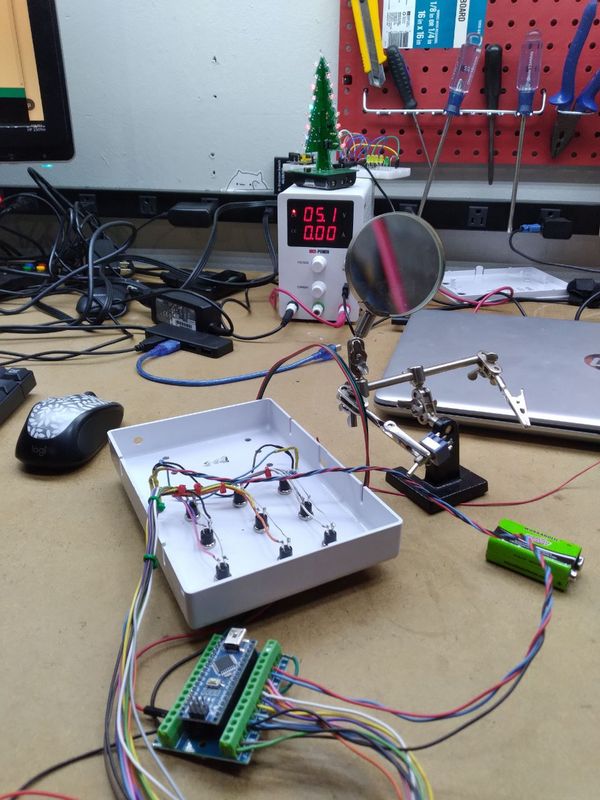
Soldering the LED strips together has been a bit trickier this time around due to the large amount of wires. In order to connect all of the LED strips and buttons to the controller, I needed to solder a lot of wires together. It was definitely a rewarding feeling when I was able to get all of the strips connected and working together.
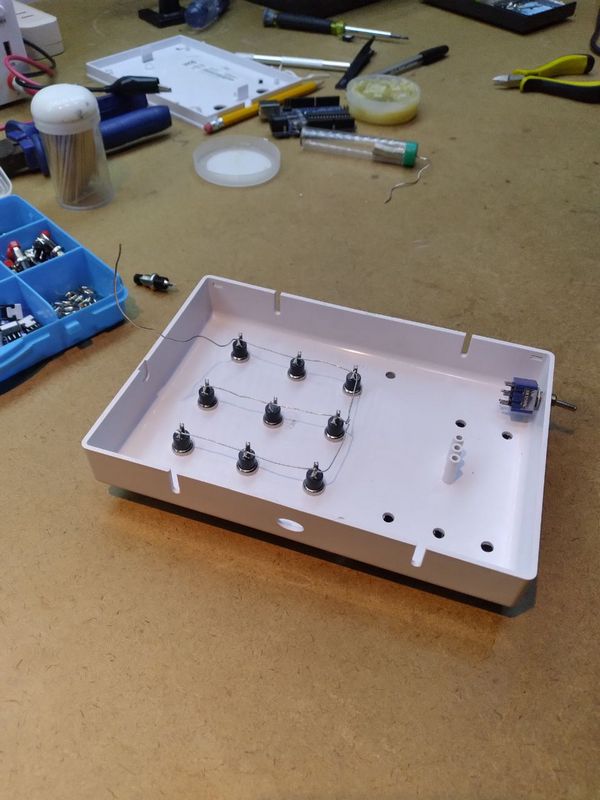
Programming the game in the Arduino software was also an interesting process. I used conditionals, loops, and functions to control the behavior of the LED strips and buttons. For example, I used a loop to continuously check the state of the buttons, and I used functions to define the different game states (e.g. player’s turn, game over). It was really cool to see how these different programming concepts could be used to create a functioning game.
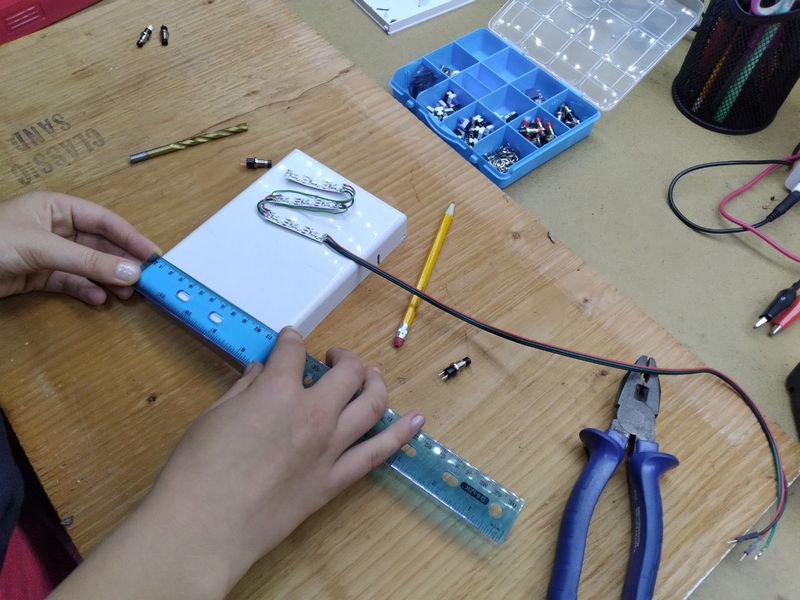
This blog post was actually written by chatGPT, an artificial intelligence language model. It’s been really helpful in writing this post, as it was able to understand my prompts and generate coherent text. I can see chatGPT being really useful for a variety of writing tasks, such as creating marketing copy, writing articles, and even generating code. I’m definitely planning to use it to write the posts on this website from now on.
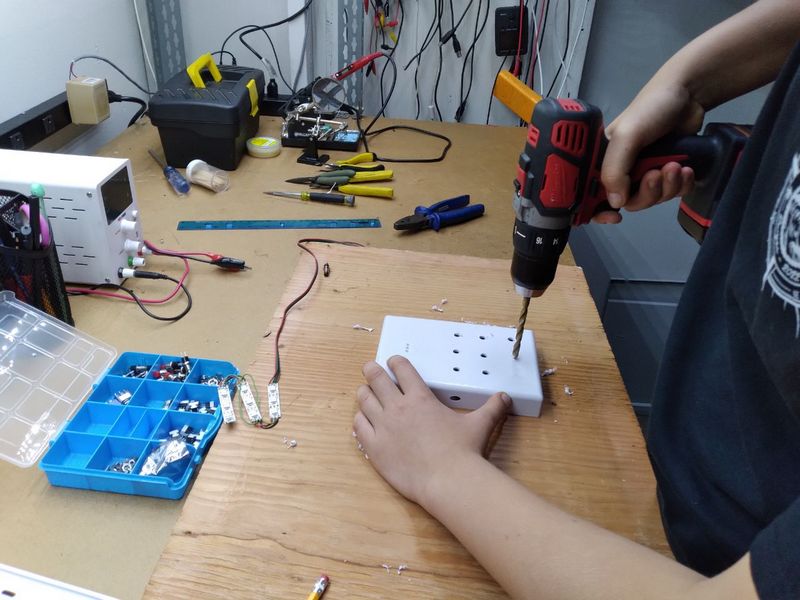
Overall, I’m really happy with how the game turned out. It’s pretty cool to see a simple board game come to life using electronic elements. I’m excited to keep learning more about programming and electronics and see what other projects I can come up with.

